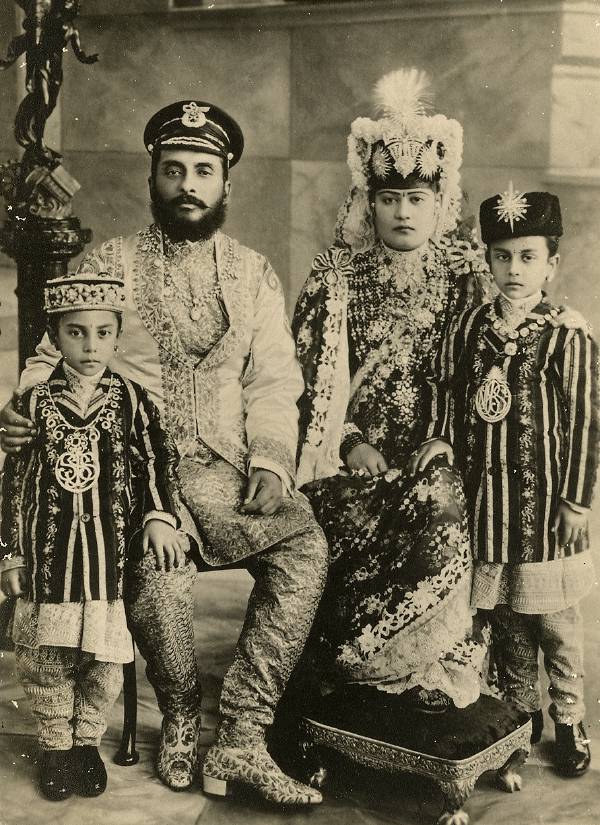|
Babarmahal Revisited
Baber Mahal Revisited is a heritage complex in Kathmandu containing restaurants and shops.Baber Mahal Revisited Night Bazar Nepali Times The complex comprises restaurants, art galleries and book shops. The complex was constructed by Gautam Sumsher Rana, a great grandson of Rana Prime Minister Chandra Shumsher Rana modifying the stable of the , residence of Baber Shamsher Jang Bahadur Rana
[...More Info...] [...Related Items...] OR: [Wikipedia] [Google] [Baidu] |
Chandra Shamsher Jang Bahadur Rana
Field-Marshal Maharaja Sri Teen Chandra Shumsher Jung Bahadur Rana (8 July 1863 – 26 November 1929) was the Prime Minister of Nepal from the Rana dynasty. He served in this capacity from 27 June 1901 to his death in 1929, after he successfully deposed his liberal and reformist brother Dev Shamsher. Although generally perceived as despotic and conservative, he is credited with several reforms including the abolition of slavery and the Nepal-Britain Treaty of 1923, which recognized Nepal as an independent nation and an ally of Britain. Family and early life Chandra Shumsher was the sixth of the seventeen sons of Dhir Shumsher Rana (the youngest brother of Jung Bahadur Rana) through his Thapa wife Nanda Kumari, of whom he was the third son. He was educated in Kolkata and thus became the first Nepalese Prime Minister who had passed matriculation examination. In the convocation address of 1884, the then Vice Chancellor of Calcutta University praised him as: "a gentleman who has s ... [...More Info...] [...Related Items...] OR: [Wikipedia] [Google] [Baidu] |
Babar Mahal
Babar Mahal, Baber Mahal is a Rana palace in Kathmandu, the capital of Nepal. The palace complex, located north of the Bagmati river, was incorporated in an impressive and vast array of courtyards, gardens and buildings. Initially the palace was under Jung Bahadur Rana's Thapathali Durbar but later was separated and demolished and rebuilt by Chandra Shumsher Jang Bahadur Rana, as prime minister and the executive leader of Nepal. History The palace complex lay in the heart of Kathmandu, to the north of the Bagmati River. The history of the place is closely linked with the history of Nepal and its rulers. Part of Thapathali The Thapathali Durbar complex occupies over 80 Ropanis of which Babar Mahal was a part. After the fall of the Thapa aristocracy, Jung Bahadur Rana began to live in his grandfather's Thapathali Durbar. After Bhandarkhal Parva in 1904 BS, he was able to seize all of the immediate property of his maternal uncle PM Mathabarsingh Thapa and grandfather PM Bhimsen ... [...More Info...] [...Related Items...] OR: [Wikipedia] [Google] [Baidu] |
Baber Shamsher Jang Bahadur Rana
Sir Baber Shumsher Jung Bahadur Rana, GCVO, GBE, KCSI, KCIE (27 January 1888 – 12 May 1960) was a member of the Rana dynasty who served as the Minister of Defence of Nepal in 1951. A prominent member of the Rana oligarchy, he fought valiantly in the First World War. He was the second son of Maharaja Sir Chandra Shamsher Jang Bahadur Rana and Bada Maharani Chandra Loka Bhakta Lakshmi Devi. He was the younger brother of Maharaja Sir Mohan Shamsher Jang Bahadur Rana and older brother of Field Marshal Sir Kaiser Shamsher Jang Bahadur Rana. Family Sir Baber Shumsher Jang Bahadur Rana was born to Field Marshal H.H. Svasti Sri Madati Prachandra Bhujadandyetyadi Ati-Projjwala-Nepal-Taradisha Sri Sri Sri Maharaja Chandra Shamsher Jang Bahadur Rana, T'ung-ling-ping-ma-Kuo-Kang-wang, Maharaja of Lamjung and Kaski, GCB and Bada Maharani Chandra Loka Bhakta Lakshmi Devi on January 27, 1888, at Kathmandu. He married twice, first in 1903, to Sri Bada Rani Deva Bakhta Rajya Lakshmi; and secon ... [...More Info...] [...Related Items...] OR: [Wikipedia] [Google] [Baidu] |
Rana Palaces Of Nepal
The Rana palaces of Nepal were built by the Rana dynasty rulers of Nepal as both private and government buildings. The Rana rule lasted for 104 years, and during that time a number of grand royal residences were built, especially by the Prime Minister, his immediate family, and other high-ranking dignitaries. The grand palaces of Rana were called ''white elephants'' and stood at the center of vast expanses of landscaped grounds, which Rana rulers used to show their supremacy over the common people, and to please their British friends and fellow Ranas.http://www.thetaranights.com/singha-durbar/ .thetaranights.com. 29 May 2014. Retrieved on 2015-07-27. After the overthrow of the Rana Dynasty, some palaces were converted into government buildings. Others were demolished by their owners and rebuilt into libraries, museums, hotels, and heritage complexes. Most palaces still in private ownership have been destroyed or lie in ruins. Most government-owned palaces have been maintained an ... [...More Info...] [...Related Items...] OR: [Wikipedia] [Google] [Baidu] |


